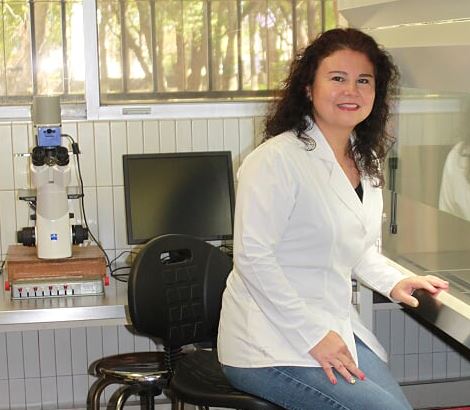
In this study, we describe two patients with a recombinant chromosome secondary to a maternal intrachromosomal insertion. Patient 1 was a girl with dup(6)(p22.3p25.3). Patient 2 was a boy with dup(2)(q24.2q32.1). Both familial rearrangements were characterized by means of GTG-bands, fluorescence in-situ hybridization, and comparative genomic hybridization microarray analyses. Patient 1 had an ∼23 Mb gain that involved the bands 6p22.3-6p25.3. Patient 2 had an ∼23 Mb gain (cytobands 2q24.2-2q32.1) and a further ∼1.9 Mb gain of 2p16.2-p16.3. The phenotype of each patient was in agreement with the typical 6p duplication or 2q24.2q32.1 duplication syndrome. The compound macular lesion in patient 1 suggests that retinal anomalies may be a part of the 6p trisomy phenotype. Among the 70 intrachromosomal insertions compiled here (including 68 from the literature), four were submicroscopic unbalanced insertions inherited from a balanced carrier and 66 were detectable on banded chromosomes (with or without array comparative genomic hybridization or other high-resolution assessment) and therefore spanned at least 5 Mb. Pericentric insertions are found in most chromosomes, whereas the paracentric ones are mainly observed in large and medium chromosome arms. That the former outnumber the latter in almost a 2 : 1 ratio appears to be related to the technique of diagnosis, size of the insertion, and size of the involved chromosome. Regardless of the apparent excess of carrier mothers, carriers of an intrachromosomal insertion beget almost twice as many children with a duplication than with a deletion.










